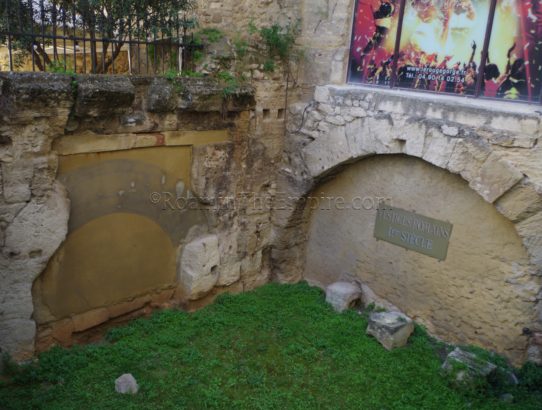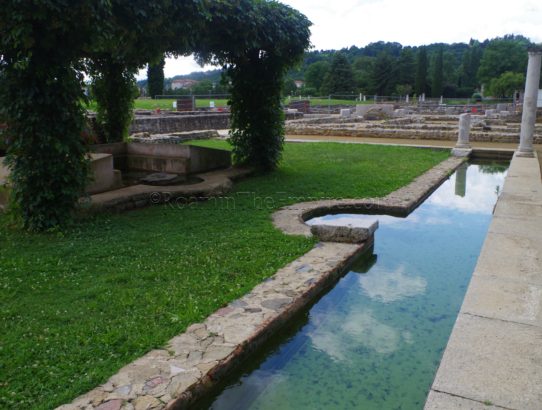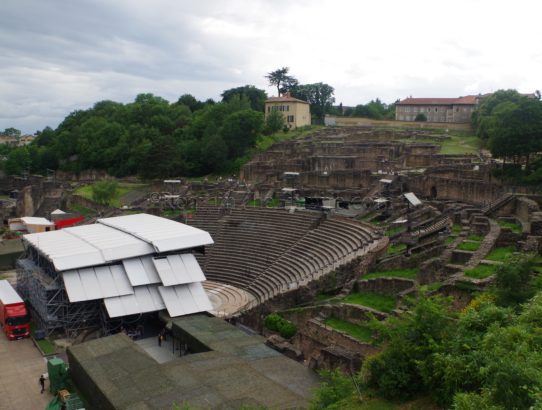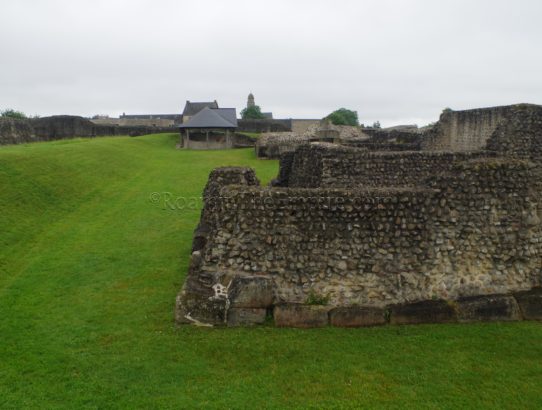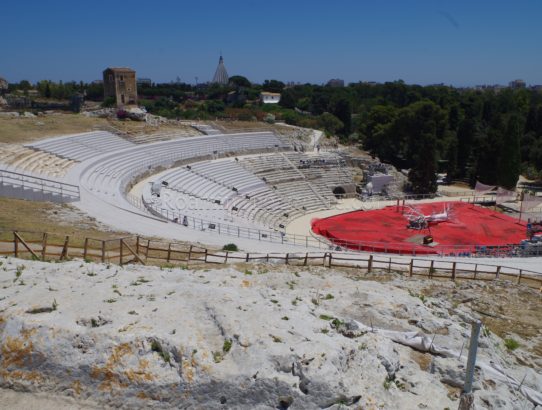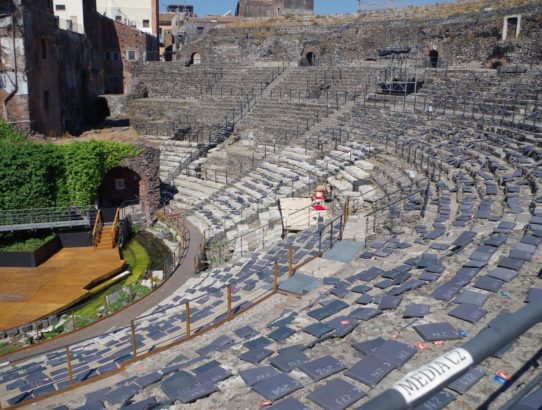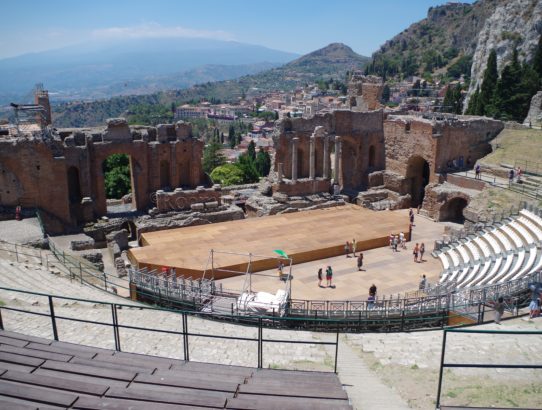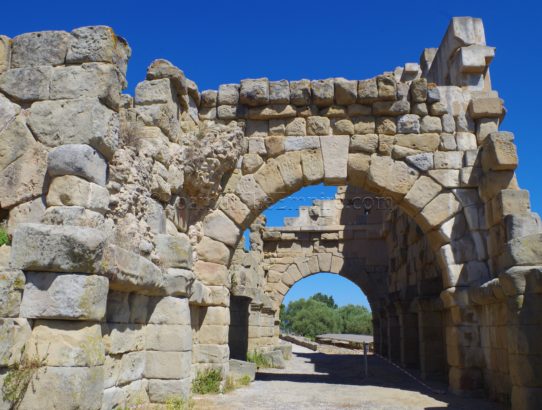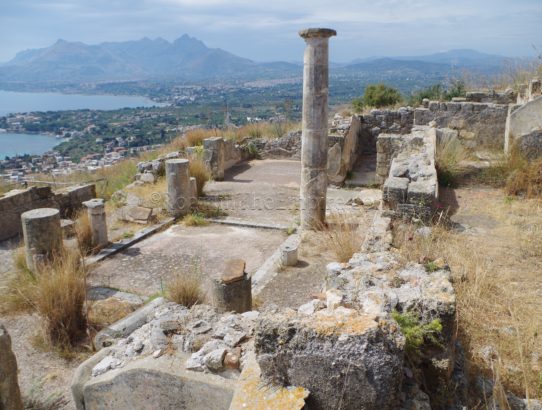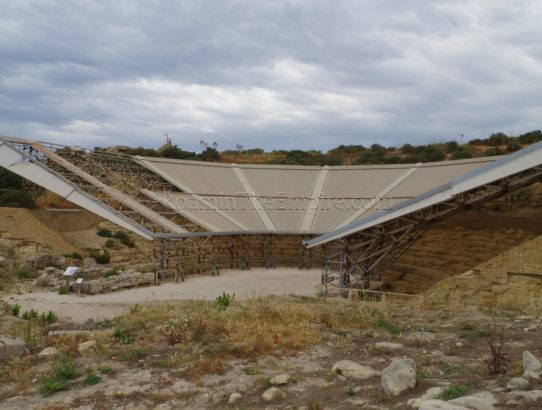Avennio, Gallia Narbonensis
Most Recent Visit: June 2018 Over a thousand years before Avignon was the ‘City of Popes’, the focal point of a schism in the Roman Catholic church for which the city is most famous, it was the Roman town of Avennio (or Avenio). Avenio’s history, though, stretches back well before the Romans set their sights…
Read More


